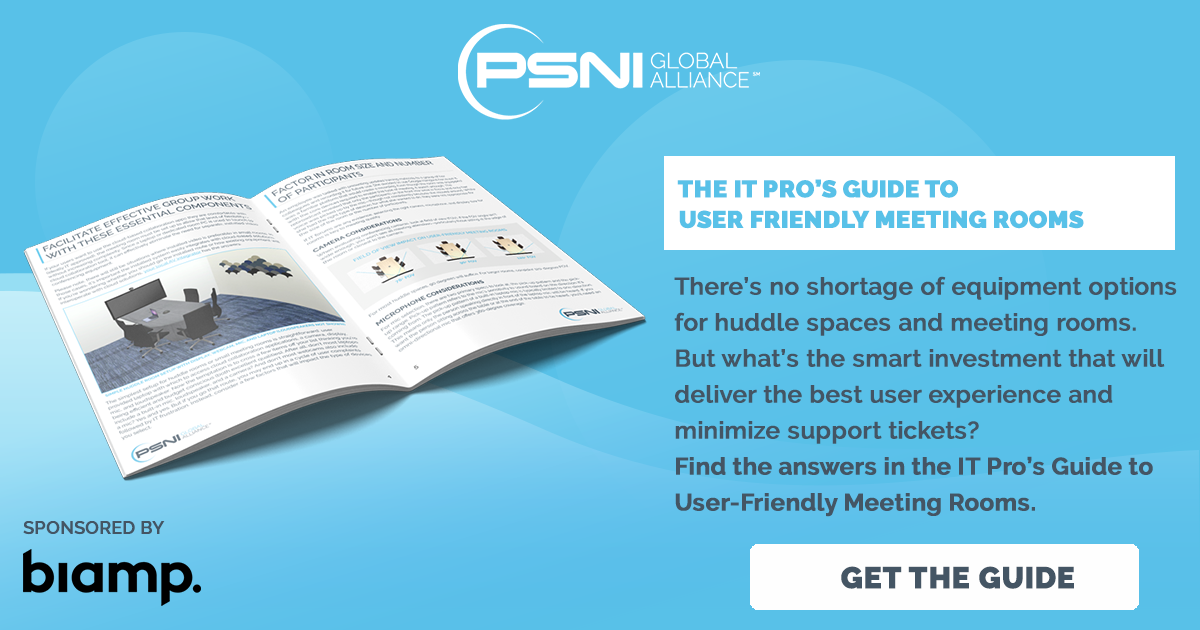If you’re old enough to remember transitioning from buying music on cassette tapes to buying compact discs (CDs), you’ve seen (and heard) how digital audio technologies changed the world. Of course, the revolution did not stop with CDs or even the music industry. In enterprise, education, and elsewhere, audio sounds better and can be delivered in more ways than ever. But more changes are coming, and here’s what industry insiders say you can expect in 2018:
1. Networked Audio
PSNI integrator experts at GENCOMM, Diversified and audio manufacturer, Biamp, agreed that networked audio will be a top trend for 2018. IT departments can embrace new audio solutions because they use IT protocols. Overall, there will be less need for hardware, but more questions about how network infrastructure will handle the traffic and bandwidth.
Mike Kirby, Director of Business Development and Marketing for GENCOMM, says, “There are so many advantages to putting the audio (and video) on your network that everyone should be looking at the best options and protocol to do this. There are a variety of options and all of them have their pros and cons.”
Scott Wieser, Applications Engineering Manager, North America for Biamp Systems, says “Audio and video expectations continue to grow, and as consumers, we expect instant, on-demand access to media across a variety of devices. As the cost of chips used in audio/video equipment continues to decrease, 10G will continue to become commonplace as network speed increases.”
Lee Christianson, CTS-D, CQD, Senior Design Engineer, for Diversified, says “We’re experiencing a trend in audio’s role in creating better workflows and end-user experiences. Analog audio will still exist, but the architecture of an audio system will evolve into a network infrastructure, making it easier to centrally locate core processing and transport audio over the network. This shift will significantly reduce the hardware required at the endpoints. The key consideration is the network infrastructure and its ability to handle the added traffic and bandwidth that will be required. They must determine whether to build out both an AV network and a data network, meshing the two together or provide a single, robust IT and AV data network. The next step will be to determine who is responsible for managing the network.”
2. Automation & Voice Control
The voice control solutions that are taking hold in homes will move into conference rooms and other corporate spaces. In 2018, your own voice will play a larger role in the control and automation of other technologies in range of spaces and industries.
“We’re seeing a variety of voice control options for home automation devices (i.e. Alexa, Siri, Google Home, etc.),” says Kirby. “We have already begun to integrate those technologies into our commercial AV systems so CEOs can control their offices the same way they control their homes.”
3. Consumerization of Audio Capabilities
Users expect the same technology experience at work that they get at home—whether it be with audio streaming, content personalization, or audio delivery to headphones and other wearable audio devices.
“The commercial side of the industry used to drive the consumer side; today the consumer side is now driving what our commercial clients are asking for,” says Kirby. “By looking at the technology we all are putting in our homes we can see what our CEOs and other organizational leaders will be asking for. We send our technology and sales teams to a variety of conferences like CES to see what the consumer industry is doing and focus our efforts on what we see coming out there; because we know it will infiltrate the commercial industry shortly.”
Christianson explains, “While music streaming services will continue to grow leaps and bounds, it is becoming easier for companies to create their own streaming infrastructure solutions which will impact how external streaming services will be used. Wearable audio devices and their content delivery will also have a significant impact.”
4. Advanced Mics
Users will expect a lot more from their microphones. Innovative solutions like beamforming mics will replace less sophisticated technologies to create better user experiences. For example, by using a mic with voice tracking, you no longer have to be aware of where the mic is and can even have your back to it and still be heard loud and clear.
Wieser says, “These types of technologies are another step toward rooms sensing where people are within a meeting space and how people prefer to interface with technology.”
5. Simplicity and Quality
Technology buyers can have it all in audio solutions now—including quality, simplicity, and even affordability. As Kirby points out, there may be some room for improvement with audio quality, but buyers will not “be willing to pay much more for it.” Audio quality is sufficient with available solutions, he adds, stating that the biggest issues organizations face with audio are that solutions are too complex or a bad fit for their needs.
However, regardless of buyer standards, the audiovisual industry will continue to focus on audio quality in 2018, according to Wieser. “Less expensive technology is important—and something that will continue to become available—but lack of audio quality impacts productivity, mental fatigue, and relationship-building.”
6. Education
Audiovisual professionals will need more specialized knowledge to be successful in the evolving world of networked audio.
Wieser says, “The need for education is increasing in importance. System engineers and technicians should be educated, certified, and knowledgeable since everything will be supported on a network.”
According to Christianson, “The key for Integrators will be in developing their IT resources, adding credentialed staff to design, maintain, and service network infrastructure.”
7. Cloud-Based Conferencing
Conference room audio will also continue to change. Christianson adds, “We’re experiencing a shift of AV moving out of the conference room and into a centralized data center for processing. This model will allow for an easy integration with cloud-based audio and video conferencing, a trend in the corporate market as companies are moving to a cloud infrastructure. While the endpoints will remain largely unchanged, the user experience and use of the technology will be enhanced.”
Learn More
2018 is amping up to be an exciting year of change and innovative technologies. Check out the IT Pro’s Guide to User Friendly Meeting Rooms to learn more about microphones, cameras, and displays for meeting rooms.










